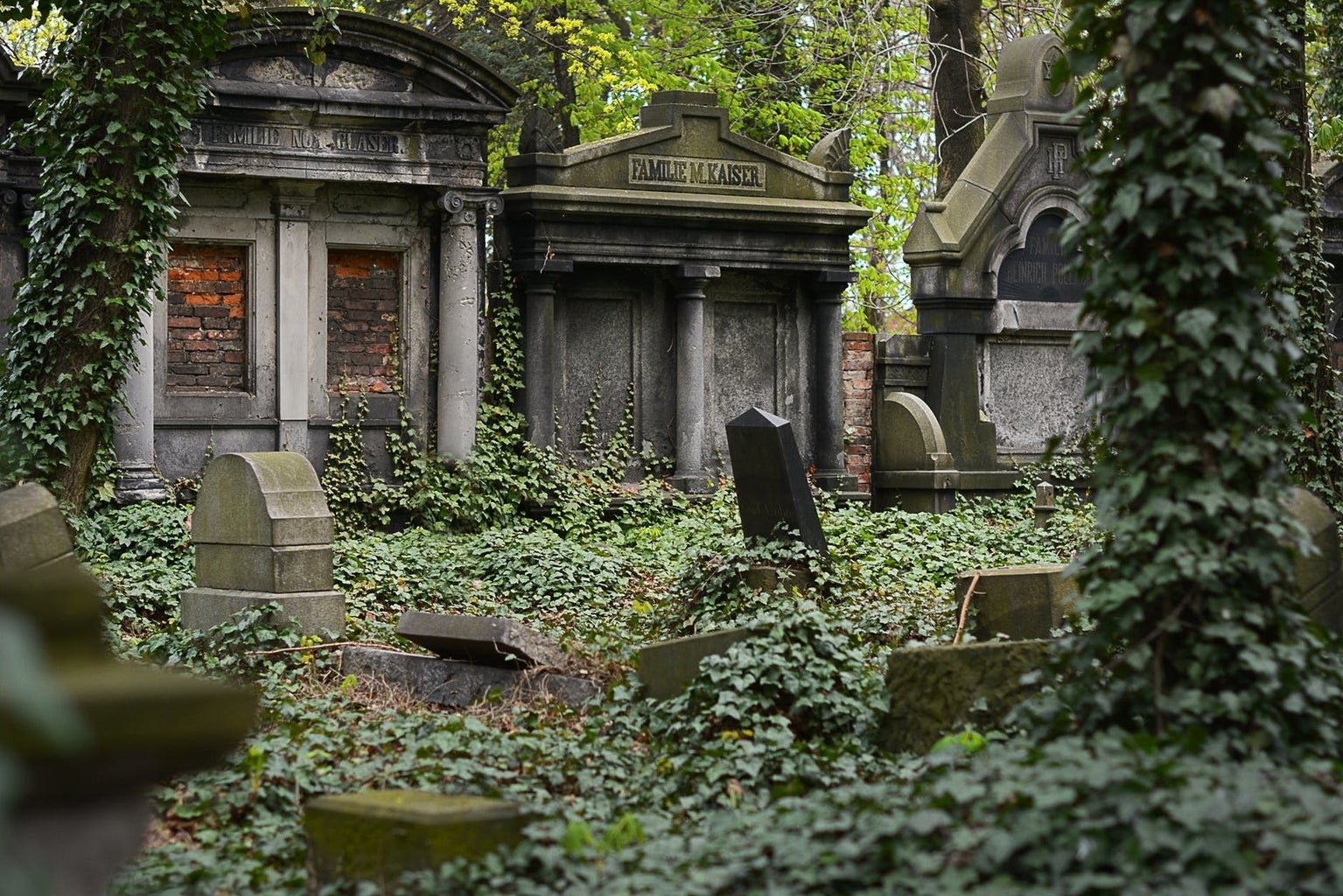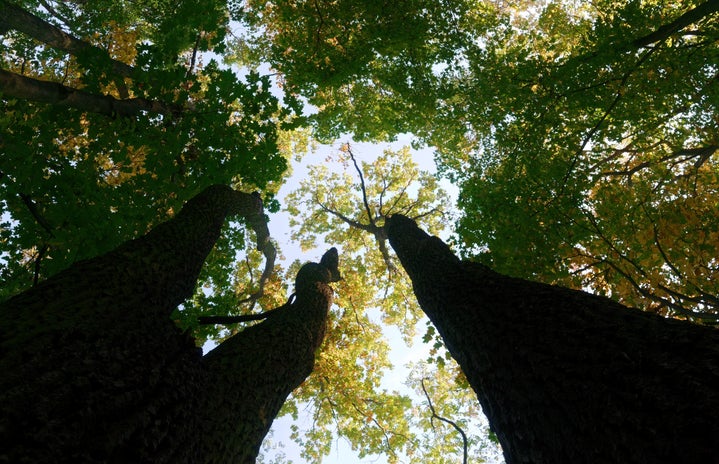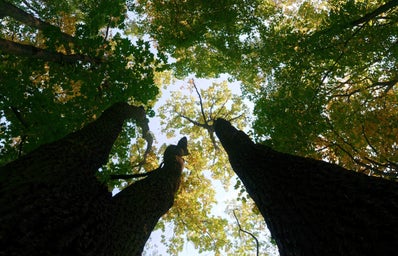Trigger Warning: This article contains content pertaining to death and burial.
Disclaimer: I respect religious burial practices and the need for closure with the death of loved ones. My intention with this article is to emphasize the negative environmental impact cemeteries cause and provide an optional solution in light of Earth Day.
Everyone who was once alive is still on Earth. All the bodies need to go somewhere, and many end up in cemeteries. As the earth’s population grows, so does the need for space to bury our dead. Unfortunately, the traditional method of burying people is not sustainable. The embalming process, preventing the body from decaying quickly, is toxic since all of the chemicals used eventually end up underground.
Cemeteries also need to be maintained, and often fertilizer, pesticides and large amounts of water are used to keep the grass looking nice. Both of these practices use chemicals that can seep into water supplies or harm wildlife.
The cost to hold a funeral and purchase a casket has only increased over the years, especially as cities are running out of space to bury the dead. Many are turning to cremation as a cheaper alternative. However, the cremation process has also been proven to be detrimental to our environment.
Cemeteries take up a lot of space, about 1 million acres of land in the United States alone. Since there are more dead people than living, the need for more space for burying the dead will only continue as more people are born and will die.
In a few generations, sadly, our great-great-grandchildren are not going to remember where all their relatives are buried. Many graves will continue to take up space in a cemetery for years, not biodegrading, along with other forgotten headstones.

This may seem to be a depressing view of things, but don’t we want to leave a healthy environment for future generations? There are some alternatives to traditional cemeteries that still honor the dead but are not as harmful to the environment.
For instance, Berlin is turning cemeteries into parks, playgrounds and housing. It may appear odd to have children playing in what used to be a cemetery. But, instead of the land that hadn’t been used for burials in years being cast aside, it is now used to benefit the living population.
Another interesting alternative to traditional cemeteries are forest cemeteries. An urn is buried under an existing tree in a forest, and a small plaque is nailed to the trunk with the deceased person’s name. A similar practice is using a biodegradable urn which would eventually grow into a tree to serve as a memorial.
A forest full of dead people may appear to be creepy, but aren’t all cemeteries a bit unsettling? Instead of rows of old gray stone, there could be rows of living trees planted in memory of the dead. While aesthetically pleasing, forest cemeteries would also absorb carbon dioxide and provide oxygen to the current population.
This is a hard topic to think about, but one that is inevitable. Picking a tree you want to be buried under can help ease the thought of death as you will live on with the tree. Another option is choosing to be planted as a seed which can symbolize starting anew in death.
Even if a loved one wants to be buried in a traditional way, you alone deciding to be planted as a tree can positively impact the Earth. Most actions we take in life have a negative environmental impact, so in death, why not help the environment?



